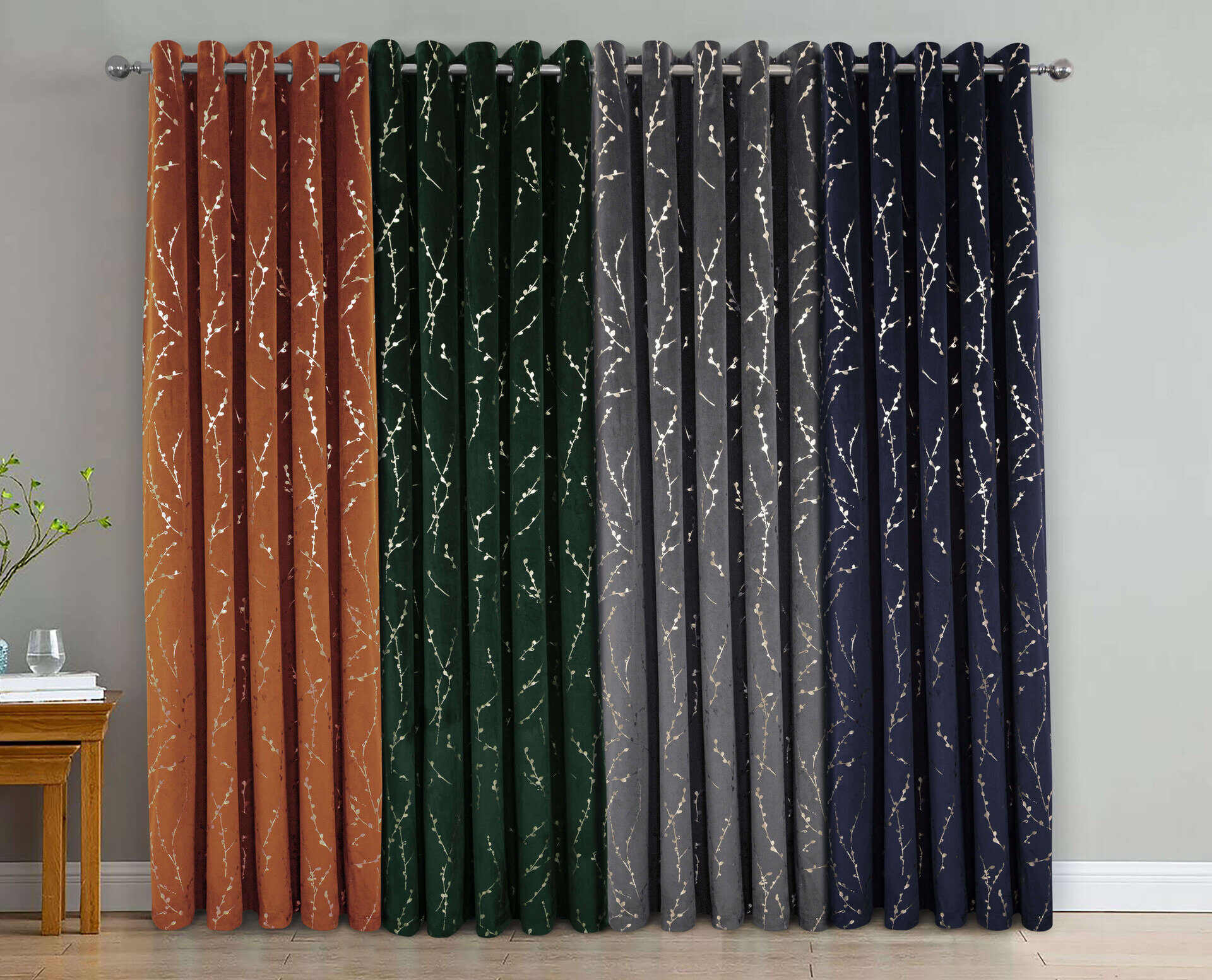

Articles
What Fabric To Use For Curtains
Modified: January 19, 2024
Discover the best fabric options for curtains in our informative articles. Find out which fabrics are durable, stylish, and perfect for any window treatment project.
(Many of the links in this article redirect to a specific reviewed product. Your purchase of these products through affiliate links helps to generate commission for Storables.com, at no extra cost. Learn more)
Introduction
Choosing the right fabric for curtains is a crucial decision when it comes to interior design. Curtains not only serve the purpose of blocking out sunlight or providing privacy but also contribute to the overall aesthetics of a space. The right fabric can enhance the beauty of a room, while the wrong fabric can leave it feeling dull and uninspired.
In this article, we will delve into the importance of choosing the right fabric for curtains and explore the factors you should consider when making this decision. We will also discuss the different types of fabric that are suitable for curtains and their unique characteristics. By the end of this article, you will have a solid understanding of how to select the perfect fabric for your curtains.
Key Takeaways:
- Choose the right fabric for your curtains to enhance aesthetics, control light, ensure privacy, provide insulation, and maintain durability. Consider factors like cotton’s breathability, linen’s elegance, velvet’s opulence, silk’s luxury, polyester’s practicality, and sheer’s ethereal touch.
- Each fabric type offers unique characteristics to suit specific needs and preferences. From cotton’s versatility to sheer’s delicate appeal, selecting the right fabric for your curtains can transform your space into a visually appealing, comfortable, and functional environment.
Read more: What Fabric To Use For Outdoor Cushions
Importance of Choosing the Right Fabric for Curtains
The fabric you choose for your curtains can significantly impact the look and feel of a room. It is not just a matter of aesthetics; the right fabric can also offer practical benefits that enhance your living spaces. Here are some key reasons why choosing the right fabric for curtains is of utmost importance:
- Aesthetics: Curtains are a prominent feature in any room. The fabric you choose can set the tone and style, whether it’s a sleek and modern look with crisp lines or a cozy and inviting ambiance with soft and flowing materials. The color, pattern, texture, and drape of the fabric all contribute to the overall aesthetic appeal of the space.
- Light Control: Curtains are primarily used to control the amount of natural light entering a room. Different fabrics offer various levels of light control, from sheer and translucent materials that filter soft light to heavier and opaque fabrics that provide complete darkness. Choosing the appropriate fabric allows you to create the desired ambiance and control the amount of sunlight during different times of the day.
- Privacy: Privacy is another crucial aspect to consider when selecting curtain fabric. Thicker and more opaque fabrics provide better privacy, preventing people from seeing into your home. Choosing the right fabric ensures that you can enjoy your personal space without compromising on privacy.
- Insulation: Curtains can also serve as a insulating barrier, preventing heat loss during colder months and reducing the heat gain during hotter months. Fabrics with thermal properties or multiple layers can help to regulate the temperature inside a room, making it more energy-efficient and comfortable.
- Durability: Curtains are subjected to everyday wear and tear, including exposure to sunlight, dust, and frequent opening and closing. Choosing a durable fabric ensures that your curtains will stand the test of time and maintain their appearance without fading or tearing.
- Maintenance: Different fabrics require different levels of maintenance. Some fabrics are machine washable, while others may need professional cleaning. Considering your lifestyle and preferences, you can choose a fabric that is easy to clean and maintain, saving you time and effort in the long run.
By taking these factors into account and selecting the right fabric for your curtains, you can transform your space into a visually appealing, comfortable, and functional environment that suits your personal style and needs.
Factors to Consider when Choosing Curtain Fabric
When it comes to choosing the perfect fabric for your curtains, there are several factors that you should consider. Each factor plays a crucial role in determining the functionality and overall look of your curtains. Here are the key factors to keep in mind:
- Light Control: Consider how much natural light you want to filter into the room. If you prefer a bright and airy space, opt for lightweight and sheer fabrics that allow ample light to pass through. For better light control and privacy, choose heavier and more opaque fabrics.
- Privacy: Depending on the location of your windows and the level of privacy you desire, select a fabric that offers the right amount of coverage. Thicker and darker fabrics provide better privacy by obstructing the view from outside.
- Insulation: If you want to maintain a comfortable temperature in your room and improve energy efficiency, consider fabrics with insulation properties. Thick and heavy materials like velvet or lined fabrics can help keep the cold air out during winter and block the heat from entering during summer.
- Durability: Curtains are exposed to sunlight, dust, and daily use, so it’s essential to choose a durable fabric that can withstand these elements. Look for fabrics that are fade-resistant and have a tight weave to prevent them from tearing or fraying easily.
- Maintenance: Consider the level of maintenance you are willing to commit to. Some fabrics require dry cleaning, while others can be machine-washed. Choose a fabric that aligns with your lifestyle and maintenance preferences to ensure that your curtains stay in pristine condition.
- Style and Aesthetics: The fabric you choose should complement the overall style and theme of your room. Consider the color, pattern, and texture of the fabric to enhance the visual appeal and create a cohesive look with your existing décor.
- Budget: Set a budget for your curtain fabric, as there is a wide range of options available with varying price points. Keep in mind that higher-quality fabrics may come with a higher price tag, but they often offer better longevity and overall satisfaction.
By considering these key factors and prioritizing your specific needs and preferences, you can make an informed decision when choosing the best fabric for your curtains. Remember that finding the right balance of functionality, aesthetics, and practicality is the key to achieving the perfect look for your space.
Light Control
One of the primary purposes of curtains is to control the amount of natural light that enters a room. The choice of fabric plays a crucial role in determining the level of light control you can achieve. Here are some considerations when it comes to light control:
- Sheer Fabrics: If you want to allow ample natural light to filter into your space, consider using sheer fabrics. Sheer fabrics are lightweight and translucent, allowing soft light to pass through while providing a certain level of privacy. Sheer curtains create an airy and ethereal ambiance, perfect for rooms where you want to maximize natural light.
- Opaque Fabrics: For those who prefer to block out more light or maintain privacy, opaque fabrics are an excellent choice. These fabrics are thicker and more tightly woven, providing better light control and privacy. Opaque curtains are ideal for bedrooms or media rooms, where you might want to create a dark and cozy atmosphere.
- Light Filtering Fabrics: If you desire a balance between sheer and opaque fabrics, consider using light filtering fabrics. These fabrics offer a compromise by allowing a controlled amount of light to enter while still providing privacy. Light filtering curtains are a popular choice for living rooms, dining areas, and home offices.
- Blackout Fabrics: For complete darkness and maximum light control, blackout fabrics are the way to go. These fabrics are designed to block out almost all light, making them perfect for bedrooms or spaces where you want to create a theater-like atmosphere. Blackout curtains are also great for people who work night shifts and need to sleep during the day.
Additionally, it’s important to consider the color of the fabric when it comes to light control. Light-colored curtains tend to let more light through, while darker colors absorb and block more light. Keep this in mind when selecting the fabric color to achieve your desired level of light control.
By understanding the various options for light control fabrics, you can choose the fabric that aligns with your needs and preferences. Whether you want to fill your space with natural light or create a dark and cozy retreat, the right fabric can help you achieve the desired atmosphere.
Privacy
Privacy is a crucial consideration when choosing curtain fabric, especially for rooms that face busy streets or close neighbors. The right fabric can provide the necessary coverage and ensure your privacy. Here are some factors to consider when it comes to privacy:
- Opacity: The opacity of the fabric determines how much visibility it allows from the outside. If you want maximum privacy, choose fabrics that are dense and opaque, such as velvet or heavy woven materials. These fabrics obstruct the view from outside, preventing prying eyes from seeing into your space.
- Double Layers: Another option to enhance privacy is to use double layers of curtains. By combining a sheer or light filtering fabric with a thicker, more opaque fabric, you can achieve a versatile and customizable level of privacy. During the day, you can keep the sheer fabric closed for light and privacy, and in the evenings, you can draw the thicker fabric for additional coverage and darkness.
- Length: The length of your curtains can also impact privacy. Floor-length curtains that extend from ceiling to floor provide the most coverage and concealment, ensuring privacy even when the curtains are fully closed. If you have shorter curtains, consider using blinds or shades alongside them to prevent any gaps that might compromise privacy.
- Patterns and Prints: Bold patterns and prints can also help to enhance privacy by diverting attention from the inside. Large-scale prints or intricate patterns can make it harder for outside viewers to see through the curtains, providing an additional layer of privacy.
It’s important to assess the level of privacy needed for each room and choose curtain fabric accordingly. Bedrooms and bathrooms typically require a higher level of privacy, while living rooms and dining areas may require more flexibility in terms of visibility. By considering the opacity, layering options, length, and patterns of the fabric, you can ensure that your curtains provide the desired level of privacy without compromising on style.
Read more: What Fabric To Use For Camper Cushions
Insulation
Insulation is an often overlooked but important factor to consider when choosing curtain fabric. The right fabric can help regulate the temperature in a room, improving energy efficiency and creating a comfortable environment. Here’s how curtain fabric can contribute to insulation:
- Thermal Fabrics: Certain fabrics have excellent thermal properties that help to insulate a room. Thick and heavy fabrics like velvet or wool have natural insulation abilities, keeping the cold air out during winter and preventing heat from entering during summer. These fabrics create a barrier between the window and the room, reducing heat transfer.
- Lined Fabrics: Lining your curtains can significantly improve their insulation properties. Lining adds an extra layer of fabric between the room and the window, helping to further reduce heat loss or gain. Thermal lining, specifically designed for insulation, is a popular choice for enhancing the energy efficiency of curtains.
- Layering: Combining multiple layers of curtain fabric can provide enhanced insulation. Adding a sheer or light filtering layer in front of a heavier fabric can help to regulate the amount of natural light while retaining heat or blocking out cold air. You can adjust the layers depending on the season or time of day to achieve the desired temperature and ambiance.
- Sealing: To maximize insulation, ensure that your curtains are properly sealed against the window frame. Use curtain rods with snug-fitting brackets, and consider using a pelmet or valance to cover the top of the curtains. This helps to prevent drafts and ensure that the insulated properties of the fabric are fully effective.
By choosing curtain fabric with insulation properties, you can create a more energy-efficient home while maintaining a comfortable temperature throughout the year. Insulated curtains not only help to reduce energy costs but also provide a cozy and inviting atmosphere.
Durability
When choosing curtain fabric, durability is an important factor to consider, especially if you want your curtains to withstand daily wear and tear. The right fabric will ensure that your curtains maintain their appearance and functionality for years to come. Here are some aspects to consider when evaluating the durability of curtain fabric:
- Weave: The weave of the fabric determines its strength and resistance to tearing. Fabrics with a tight weave, such as twill or canvas, are generally more durable and less prone to fraying or snagging.
- Weight: Heavier fabrics tend to be more durable than lighter ones. Thick and substantial materials like velvet or thick cotton are less likely to show signs of wear and tear over time.
- Fade Resistance: Look for fade-resistant fabrics, especially if your curtains will be exposed to direct sunlight. Sunlight can cause colors to fade over time, making the curtains lose their vibrancy and appeal.
- Cleaning: Consider the cleaning requirements of the fabric. Some fabrics are machine washable, while others require professional cleaning. Choose a fabric that aligns with your lifestyle and cleaning preferences to ensure that maintenance is easy and convenient.
- Pet and Child-Friendly: If you have pets or small children, durability becomes even more important. Look for fabrics that are resistant to stains, easy to clean, and less prone to snagging or tearing. Fabrics with a tight weave, like microfiber or synthetic blends, are often a good choice.
Additionally, it’s beneficial to consider the reputation of the fabric manufacturer or brand. Well-established brands with a track record of producing high-quality fabrics are more likely to provide durable options that withstand the test of time.
By selecting a durable fabric for your curtains, you can rest assured that your investment will continue to enhance your space for many years, maintaining its appearance and functionality even with regular use.
Maintenance
When choosing curtain fabric, it’s crucial to consider the level of maintenance required to keep them looking their best. Different fabrics have varying cleaning requirements, and selecting a fabric that aligns with your lifestyle and maintenance preferences is essential. Here are some factors to consider when it comes to maintaining your curtains:
- Cleaning Method: Determine whether the fabric can be machine washed, hand washed, or if it requires professional dry cleaning. Fabrics like polyester or cotton are often machine washable, while delicate fabrics like silk may require specialized cleaning.
- Stain Resistance: Look for fabrics that are stain-resistant or have protective finishes. Stain-resistant fabrics are easier to clean and maintain, as spills and stains can be wiped away without leaving persistent marks.
- Color Fastness: Fabrics that have good color fastness retain their color even after multiple washes or exposure to sunlight. This is especially important for curtains in bright or sunlit areas, as fabrics that fade easily can lose their vibrancy and appear dull over time.
- Wrinkle Resistance: Consider fabrics that are wrinkle-resistant if you prefer a smooth and neat appearance. Fabrics like polyester or microfiber tend to resist wrinkles, making them easier to maintain and requiring less ironing or steaming.
- Maintenance Frequency: Consider how often you are willing to clean and maintain the curtains. Some fabrics require more frequent cleaning, while others can withstand longer periods between washes or treatments. Choose a fabric that aligns with your desired maintenance routine.
It’s also worth noting that some fabrics may require additional care, such as special treatments or precautions during cleaning. Always follow the manufacturer’s instructions for the specific fabric to ensure proper care and maintenance.
By considering the maintenance requirements of the curtain fabric, you can choose a fabric that fits seamlessly into your lifestyle, saving you time and effort in the long run while keeping your curtains looking fresh and beautiful.
Types of Fabric Suitable for Curtains
When it comes to selecting the fabric for your curtains, numerous options are available, each with its own unique characteristics. The choice of fabric will depend on your specific needs, preferences, and the overall style of the room. Here are six popular types of fabric suitable for curtains:
-
Read more: How To Hide Shelves With Fabric Curtains
Cotton:
Cotton is a versatile and widely used fabric for curtains. It’s lightweight, breathable, and allows for good airflow. Cotton curtains come in various weaves, from sheer to opaque, offering different levels of light control and privacy. They are easy to care for and can be machine washed or dry cleaned, depending on the specific fabric.
-
Linen:
Linen is a natural fabric known for its elegant and sophisticated appearance. It has a slightly textured look and offers a relaxed yet refined aesthetic. Linen curtains provide excellent light filtration and create a soft and airy ambiance. They do require some maintenance, as linen can wrinkle easily and may need to be steamed or ironed for a polished look.
-
Velvet:
Vibrant and luxurious, velvet is a popular choice for creating a dramatic and opulent look. Velvet curtains have a soft, plush texture and offer excellent light control and insulation. They are perfect for adding warmth and richness to a room. Velvet curtains may require more maintenance and occasional professional cleaning to keep them looking their best.
-
Silk:
Silk curtains exude elegance and sophistication. They are known for their lustrous appearance and fluid drape. Silk offers a luxurious and timeless look, enhancing both traditional and contemporary spaces. Silk curtains require delicate care, including professional cleaning, to preserve their beauty and keep them in pristine condition.
-
Polyester:
Polyester is a synthetic fabric that offers durability, affordability, and a wide range of design options. It is resistant to wrinkling and fading and is relatively low-maintenance, making it a practical choice for curtains. Polyester curtains come in various textures and finishes, including faux silk or linen, allowing you to achieve different looks without the high price tag of natural fabrics.
-
Sheer:
Sheer fabrics, such as voile or chiffon, are lightweight and translucent, gently filtering light while maintaining privacy. Sheer curtains create an airy and romantic ambiance, adding a touch of elegance to any room. They are often used in combination with other curtains or blinds for added versatility.
When choosing the fabric for your curtains, consider factors such as light control, privacy, insulation, durability, and maintenance. By carefully evaluating these factors and selecting the fabric that aligns with your needs and preferences, you can create beautifully tailored curtains that enhance the style and functionality of your space.
Cotton
Cotton is a popular and versatile fabric choice for curtains due to its numerous benefits. It is a natural fiber and is widely available, making it an affordable option for many homeowners. Here are some key characteristics and advantages of using cotton for curtains:
- Lightweight and Breathable: Cotton is a lightweight fabric that allows for good airflow. It provides a comfortable and breathable environment in the room, making it suitable for warmer climates or spaces where you want to maintain a light and airy atmosphere.
- Variety of Weaves: Cotton curtains come in a variety of weaves, each offering a different look and level of light control. From sheer cotton voile curtains that gently filter light to opaque cotton canvas curtains that offer complete privacy, there are options to suit every style and preference.
- Easy to Clean and Maintain: Cotton curtains are generally low-maintenance and easy to clean. They can often be machine washed, depending on the specific fabric and any decorative elements such as trims or embellishments. Regular laundering keeps cotton curtains looking fresh and vibrant.
- Wide Range of Colors and Patterns: Cotton is easily dyed, allowing for a vast array of color options for your curtains. Whether you prefer solid colors, subtle prints, or bold patterns, you can find cotton curtains to match your desired aesthetic. Cotton fabric also accepts dyes well, resulting in vibrant and long-lasting colors.
- Durable and Long-Lasting: Cotton is known for its durability, making it an excellent choice for curtains that will be used and handled regularly. It can withstand wear and tear, maintaining its shape and appearance over time. Well-made cotton curtains can be a long-lasting investment in your home.
- Versatile and Compatible: Cotton curtains blend seamlessly with various interior styles, from traditional to modern. They complement a wide range of decor themes and can be easily combined with other curtain types or used as standalone curtains. Cotton also pairs well with other fabrics, allowing you to create layered and textured window treatments.
With its lightweight nature, easy maintenance, durability, and versatility, cotton is an excellent fabric choice for curtains. Whether you want to achieve a casual, relaxed vibe or a classic and timeless look, cotton curtains offer a practical and stylish solution that can enhance the beauty of any room.
Linen
Linen is a natural fabric known for its elegance and timeless appeal. It offers several advantages that make it a popular choice for curtains. Here are the key characteristics and benefits of using linen for curtains:
- Sophisticated and Refined Look: Linen curtains have a distinctive and sophisticated appearance that adds a touch of luxury to any space. The natural texture and subtle variations in the fabric create a timeless and elegant look, making linen curtains a popular choice for both traditional and modern interiors.
- Light Filtering: Linen curtains allow a soft and diffused light to enter the room. They offer a gentle filtering effect, creating a warm and inviting ambiance. Linen curtains strike a balance between privacy and light control, making them suitable for living rooms, bedrooms, and dining areas.
- Soft and Breathable: Linen is highly breathable, making it particularly suitable for areas with higher humidity levels. It helps regulate the temperature and encourages air circulation, contributing to a comfortable and fresh environment.
- Textured yet Relaxed Appearance: Linen curtains have a slightly textured look that adds visual interest to the space. The natural creases and wrinkles in the fabric give it a relaxed and effortless charm, creating a laid-back atmosphere that suits various decor styles, including rustic, coastal, and Scandinavian.
- Natural Insulation: Linen fabric offers some insulating properties, helping to keep the room cool in summer and providing a moderate barrier against drafts in winter. While not as insulating as heavier fabrics, linen curtains offer a subtle temperature-regulating effect.
- Eco-Friendly and Sustainable: Linen is a sustainable fabric made from the flax plant. It requires less water and pesticides to cultivate compared to other fabrics, making it an environmentally conscious choice. Linen curtains contribute to a more eco-friendly home and promote a healthier planet.
- Low Maintenance: Although linen curtains may require some care to maintain their appearance, they can be easily vacuumed or lightly spot cleaned to remove dust or dirt. The natural fibers of linen soften with each wash, enhancing its natural beauty over time.
With its timeless elegance, natural texture, and ability to create a relaxed yet refined atmosphere, linen is an excellent fabric choice for curtains. Whether you want to achieve a casual and breezy look or a more sophisticated appeal, linen curtains can bring a touch of timeless beauty to your space.
Consider using natural fabrics like cotton, linen, or silk for curtains as they drape beautifully and are breathable. They also come in a variety of colors and patterns to suit any decor.
Read more: How Much Fabric Is Needed For DIY Curtains
Velvet
Velvet is a luxurious and opulent fabric that adds a touch of elegance and drama to any space. It is a popular choice for curtains due to its lush texture and rich aesthetic. Here are the key characteristics and advantages of using velvet for curtains:
- Luxurious and Elegant: Velvet curtains create a sense of luxury and grandeur. The rich and plush texture of velvet adds a touch of sophistication to any room, making it ideal for formal living areas, dining rooms, or bedrooms where you want to infuse a sense of glamour.
- Excellent Light Control: Velvet fabric is thick and densely woven, making it excellent for blocking out light. Velvet curtains provide maximum privacy and light control, making them perfect for bedrooms or home theater rooms where you want to create a dark and cozy atmosphere.
- Insulating Properties: Velvet is a relatively heavy fabric compared to others, and its weight provides good insulation. Velvet curtains help to regulate the temperature in the room by keeping it warm in the winter and blocking out heat in the summer, contributing to energy efficiency.
- Versatile Color Options: Velvet comes in a wide range of rich and vibrant colors, allowing you to choose curtains that perfectly match or complement your existing decor. The deep hues and lustrous sheen of velvet make it an eye-catching focal point in any room.
- Softness and Texture: Velvet has a soft and tactile feel that adds a sense of coziness and comfort to a space. The fabric’s texture creates a visual interest, adding depth and dimension to the room’s overall design.
- Sound Absorption: The dense and plush nature of velvet fabric makes it effective at absorbing sound waves, reducing noise pollution within the room. This makes velvet curtains a practical choice for creating a quieter and more intimate atmosphere in busy or high-traffic areas.
- Enhanced Acoustic Experience: Velvet curtains can contribute to improving the acoustic quality of a room, especially in home theaters or music rooms. The fabric helps to reduce sound reflections and echo, creating a more immersive and enjoyable audio experience.
While velvet curtains require more care and maintenance compared to other fabrics, their luxurious look and dramatic impact make them worth the effort. Whether you want to create a sumptuous and opulent ambiance or add a touch of elegance to your space, velvet curtains are an excellent choice.
Silk
Silk is a luxurious and highly sought-after fabric known for its exquisite beauty and elegant drape. It is a popular choice for curtains due to its lustrous appearance and delicate texture. Here are the key characteristics and advantages of using silk for curtains:
- Luxurious and Timeless: Silk curtains exude sophistication and timeless elegance. The naturally shimmering surface of silk adds a touch of opulence to any space, making it a popular choice for formal living areas, dining rooms, or bedrooms.
- Soft and Supple Drape: Silk fabric has a fluid and graceful drape, creating beautiful and flowing curtains. The smooth and lightweight nature of silk allows it to skim the floor effortlessly, enhancing the overall aesthetic appeal of the room.
- Light Filtering: Silk curtains offer a delicate light-filtering effect, allowing a soft and diffused light to enter the room. They maintain privacy while providing a gentle and romantic ambiance, perfect for creating a cozy and inviting atmosphere.
- Natural Temperature Regulator: Silk fabric has natural temperature-regulating properties. It can help keep the room cool in summer by reflecting heat and provide insulation to retain warmth during colder months. Silk curtains contribute to energy efficiency and create a comfortable living environment.
- Wide Color Range: Silk is available in an extensive range of colors, from vibrant and bold hues to soft and muted tones. The depth and richness of color in silk curtains make them an excellent choice for adding visual interest and creating a focal point in the room.
- Soft and Sensuous Texture: Silk fabric has a smooth, silky, and sensuous texture that adds a luxurious feel to any space. The tactile experience of silk curtains can elevate the sensory appeal of the room, creating a sense of indulgence and comfort.
- Natural Sheen and Elegance: Silk curtains have a natural sheen that catches and reflects light, adding a luminous quality to the room. The subtle shimmer enhances the visual appeal and sophistication of the curtains, making them a beautiful focal point in the overall decor.
While silk curtains offer unmatched luxury and elegance, it’s important to note that silk requires extra care and attention. They should be dry cleaned to maintain their beauty and prevent damage. Despite the additional maintenance, silk curtains are a stunning investment that can transform any room into a sanctuary of refined beauty.
Polyester
Polyester is a synthetic fabric that offers several advantages when used for curtains. It is a popular choice for those seeking a durable, affordable, and low-maintenance fabric option. Here are the key characteristics and advantages of using polyester for curtains:
- Durability: Polyester is highly durable and resistant to wear and tear. It can withstand frequent use and is less prone to wrinkling or shrinking compared to natural fibers. Polyester curtains retain their shape and color, making them a long-lasting investment for your home.
- Affordability: Polyester is a cost-effective alternative to natural fabrics like silk or velvet. It offers a wide range of style options, allowing you to achieve various looks without breaking the bank. Polyester curtains provide an affordable way to update your home’s decor without sacrificing quality.
- Color Retention: Polyester fabric has excellent color retention, meaning the curtains’ vibrant colors are likely to remain unchanged even after repeated washing or exposure to sunlight. This makes polyester curtains a great choice for rooms with bright, direct sunlight.
- Stain Resistance: Polyester has inherent stain-resistant properties, making it easier to clean and maintain compared to many other fabrics. Liquid spills can be easily wiped off the surface, and the fabric is less likely to absorb stains, making it a practical option for households with children or pets.
- Wrinkle Resistance: Polyester is known for its wrinkle-resistant nature. Curtains made from polyester require minimal ironing or steaming to maintain a smooth and neat appearance. This feature is beneficial for individuals who desire low-maintenance curtains.
- Ease of Cleaning: Polyester curtains are relatively easy to clean, as the fabric is machine washable. This makes them a convenient choice for households where practicality and time efficiency are priorities. However, it’s important to follow the manufacturer’s care instructions to ensure optimal longevity and appearance.
- Wide Variety of Styles: Polyester fabric can be manufactured in a vast array of colors, patterns, and textures, allowing for diverse design options. Whether you prefer solid hues, intricate patterns, or textured finishes, there’s a polyester curtain design to suit your personal style and enhance your home’s decor.
With its durability, affordability, and low-maintenance nature, polyester is an excellent choice for curtains, particularly in high-traffic areas or households with active lifestyles. Polyester curtains offer a practical and stylish solution that can withstand the demands of daily life while adding a touch of color and texture to your space.
Sheer
Sheer fabric is a light and translucent option that adds an ethereal and delicate touch to any room. Sheer curtains are made from lightweight materials, such as voile, chiffon, or organza. Here are the key characteristics and advantages of using sheer fabric for curtains:
- Airiness and Lightness: Sheer curtains create an airy and light atmosphere in a room. The delicate and translucent nature of the fabric allows ample natural light to filter through, making the space feel bright and inviting.
- Soft Light Filtering: Sheer curtains offer a gentle light-filtering effect, diffusing sunlight and creating a soft and luminous ambiance. This helps to reduce glare and create a comfortable atmosphere, particularly in rooms where direct sunlight can be harsh.
- Enhanced Privacy: While sheer curtains are lightweight and allow light to pass through, they still provide a moderate level of privacy during daylight hours. Although people outside may see shapes and silhouettes, sheer fabrics obstruct direct views into the room, creating a sense of privacy.
- Visual Versatility: Sheer fabrics come in a variety of patterns, weaves, and textures, allowing for a wide range of design possibilities. From crisp and clean voiles to flowing and ethereal chiffons, you can choose a sheer fabric that suits your desired aesthetic and complements your interior style.
- Layering Capability: Sheer curtains are often used in combination with other curtains or window treatments, such as blinds or heavier drapes. Layering provides versatility and allows for more control over light and privacy. During the day, sheer curtains can be used on their own, while additional layers can be added for increased privacy at night.
- Illusion of Space: Due to their ethereal and lightweight nature, sheer curtains create an illusion of space and openness. They can make a room appear larger and more spacious, perfect for smaller rooms or areas where you want to create a sense of lightness and airiness.
- Elegant and Timeless Appeal: Sheer curtains have a classic and timeless appeal that complements various decor styles, from contemporary to traditional. The sheer fabric adds a touch of elegance and sophistication to any space without overpowering other design elements.
Sheer curtains offer a delicate and romantic addition to a room, allowing natural light to filter through while providing a moderate level of privacy. Whether used independently or in combination with other window treatments, sheer curtains bring a soft and ethereal quality to your space, creating an inviting and pleasing ambiance.
Read more: What To Use Instead Of A Shower Curtain
Conclusion
Choosing the right fabric for curtains is a crucial part of creating a well-designed and functional space. Each fabric type offers unique characteristics that can enhance the aesthetic appeal and functionality of your curtains. By considering factors such as light control, privacy, insulation, durability, and maintenance, you can make an informed decision that suits your specific needs and preferences.
Cotton is a versatile and breathable fabric, offering a range of weaves for different light control options. Linen, with its natural texture and elegant drape, adds a touch of sophistication to any room. Velvet provides a luxurious and opulent look, making a statement while offering excellent light control and insulation. Silk exudes timeless elegance and a shimmering sheen, perfect for creating a luxurious and refined ambiance. Polyester offers durability, affordability, and ease of maintenance, making it a practical choice for high-traffic areas. Sheer fabric adds an ethereal and delicate touch, allowing light to filter through while providing a moderate level of privacy.
It’s important to consider the specific needs of each room when selecting the fabric for your curtains. Whether you prioritize light control, privacy, insulation, or a combination of factors, there is a fabric suitable for your requirements. Additionally, considering the overall decor style and color scheme of your space will help identify the fabric that will seamlessly integrate into the design.
In conclusion, the right fabric choice for your curtains can elevate the look and feel of your space while providing practical benefits. By carefully considering all the factors and characteristics of different fabrics, you can create beautiful and functional curtains that enhance the overall ambiance and comfort of your home.
Frequently Asked Questions about What Fabric To Use For Curtains
Was this page helpful?
At Storables.com, we guarantee accurate and reliable information. Our content, validated by Expert Board Contributors, is crafted following stringent Editorial Policies. We're committed to providing you with well-researched, expert-backed insights for all your informational needs.

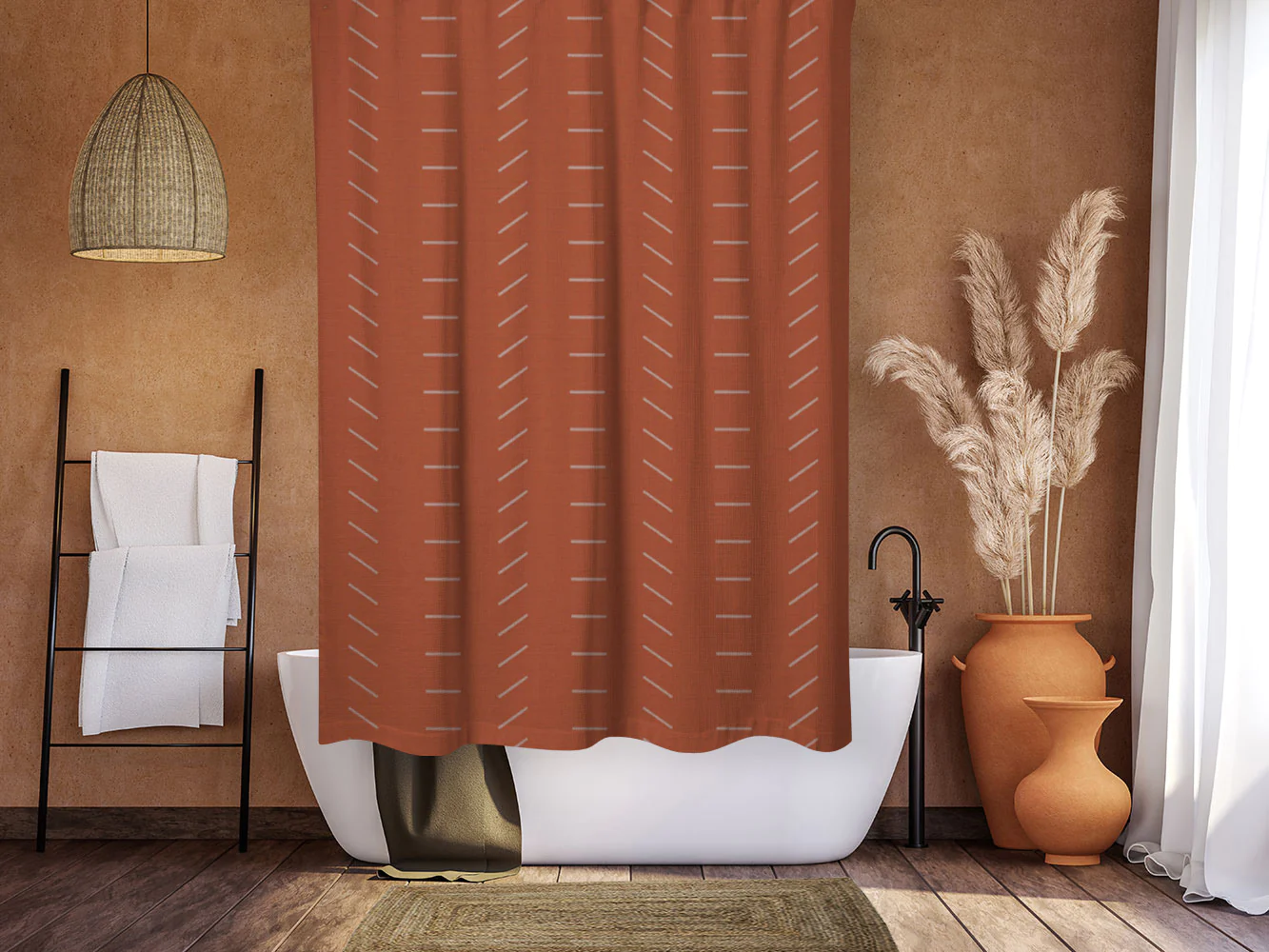
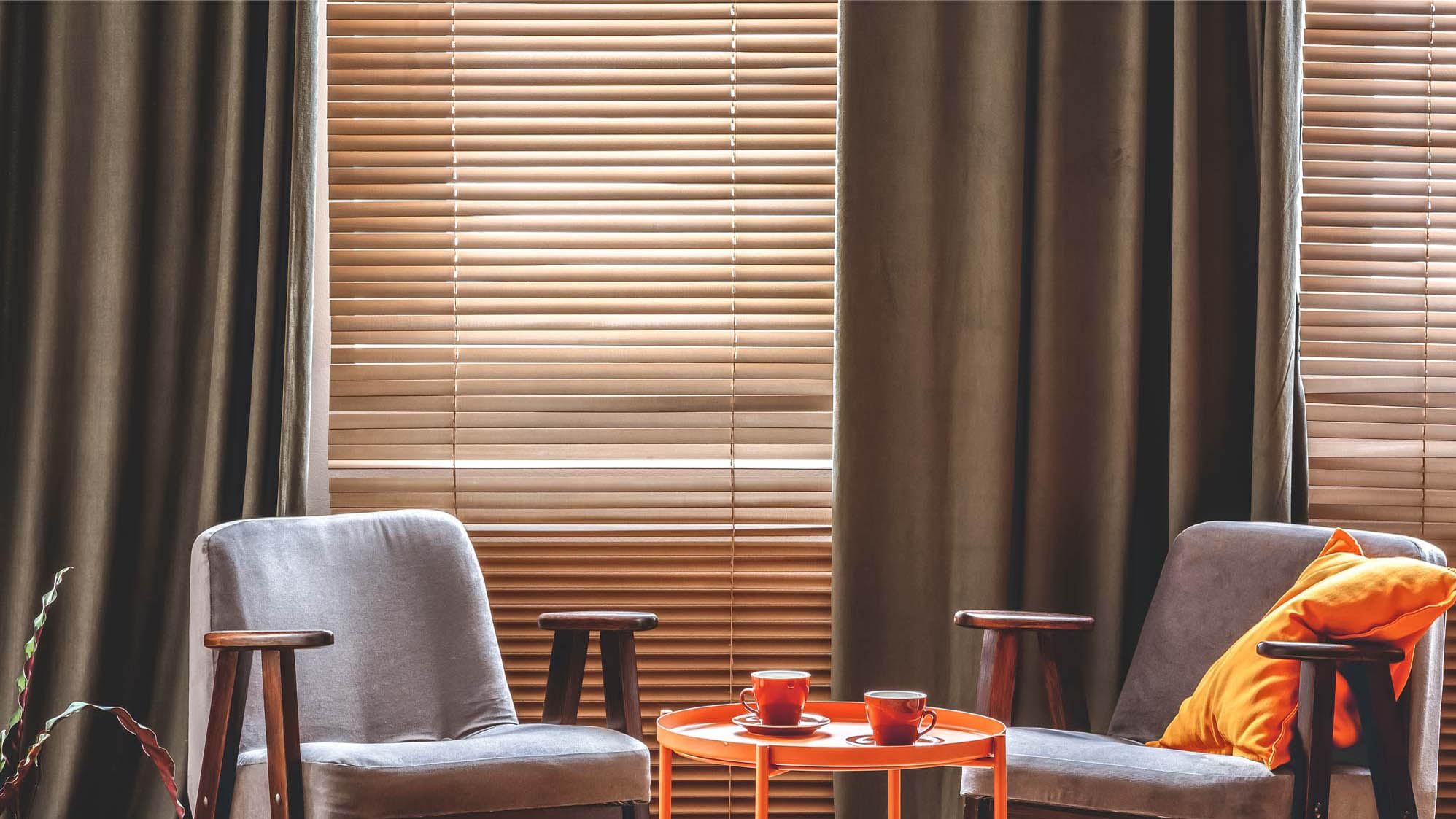
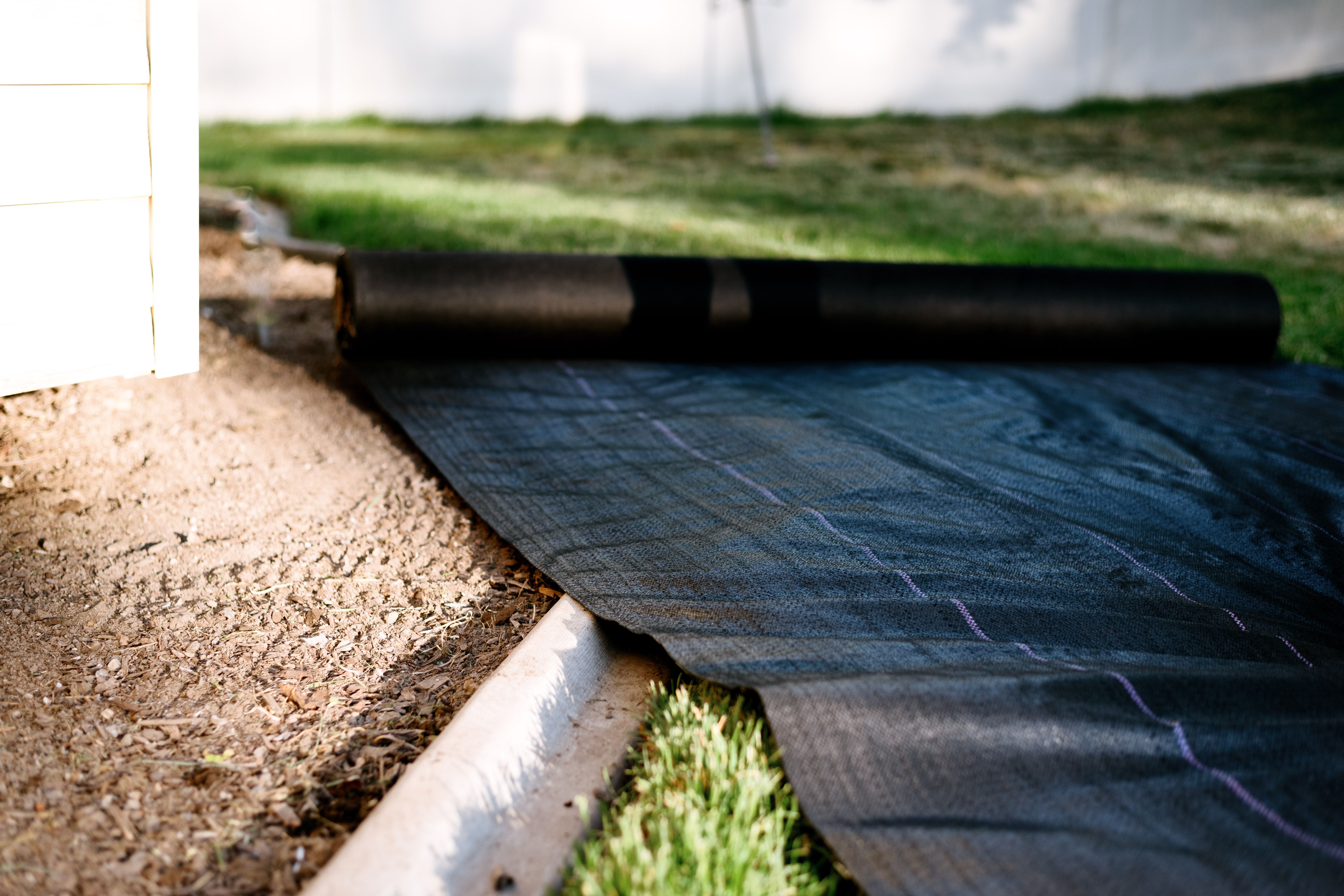
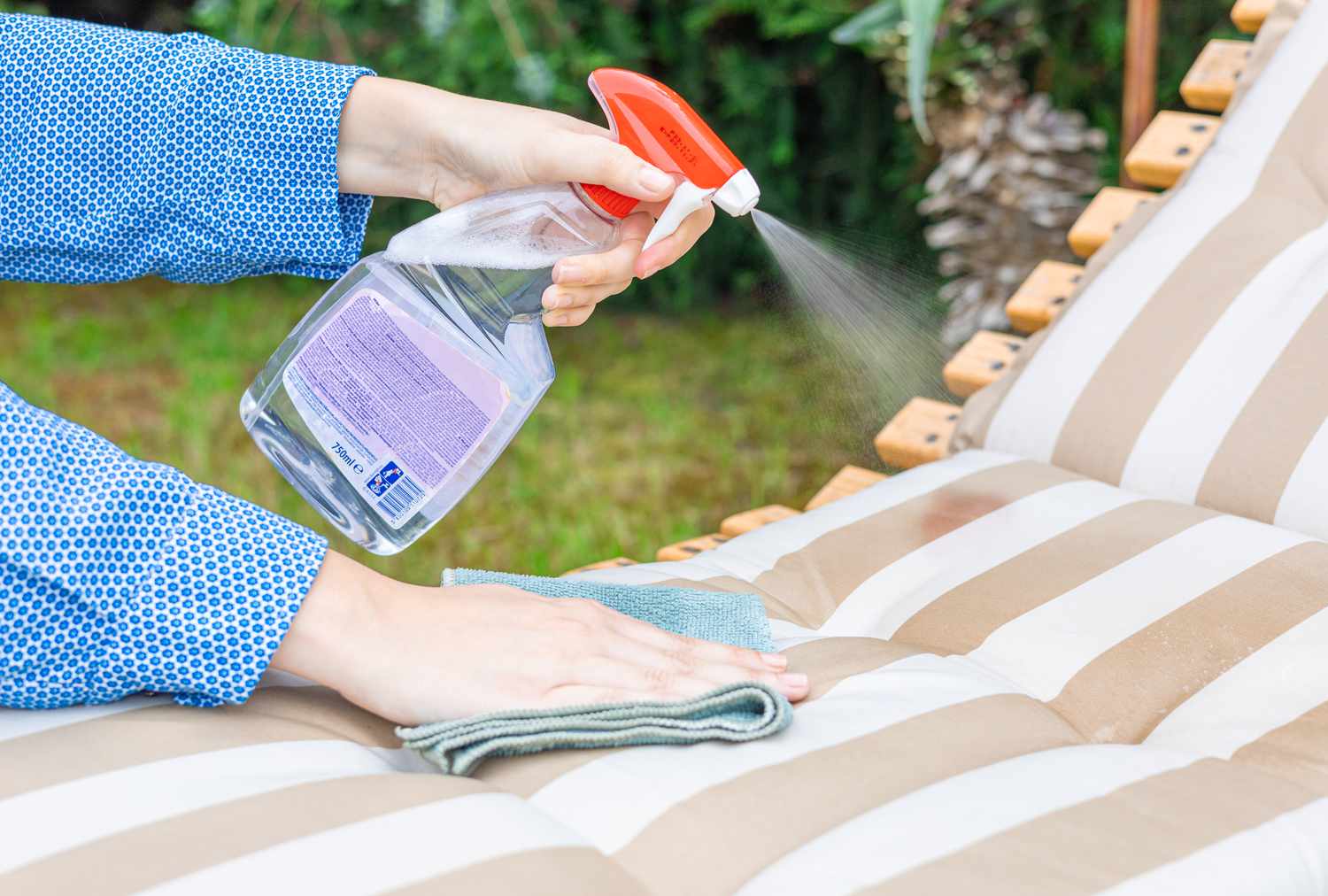
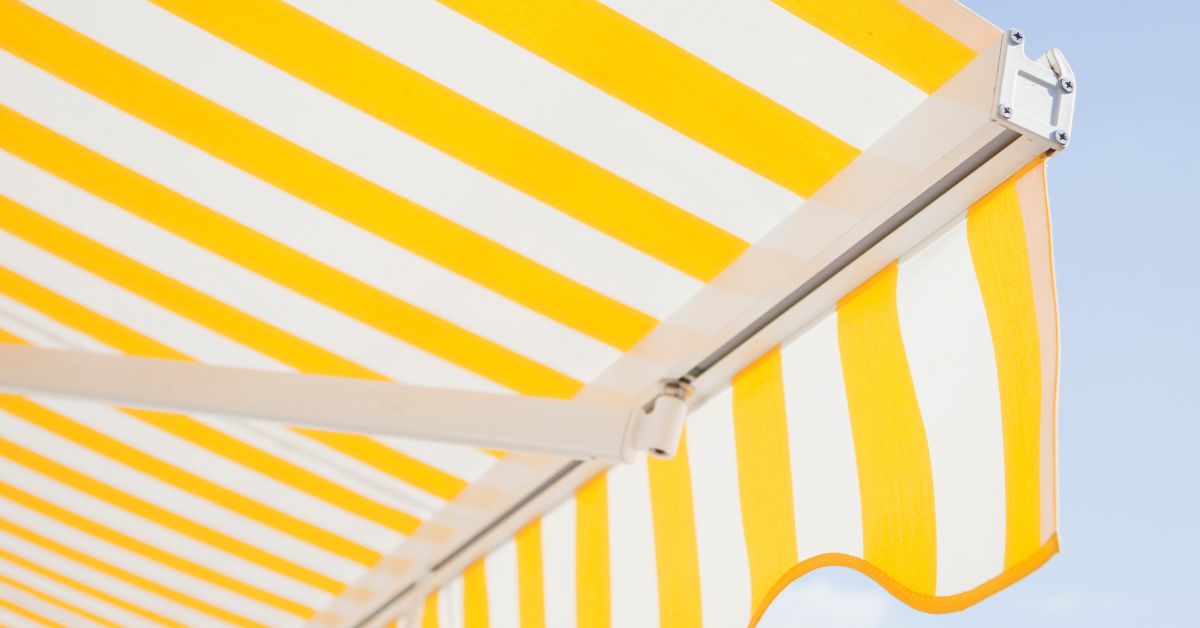
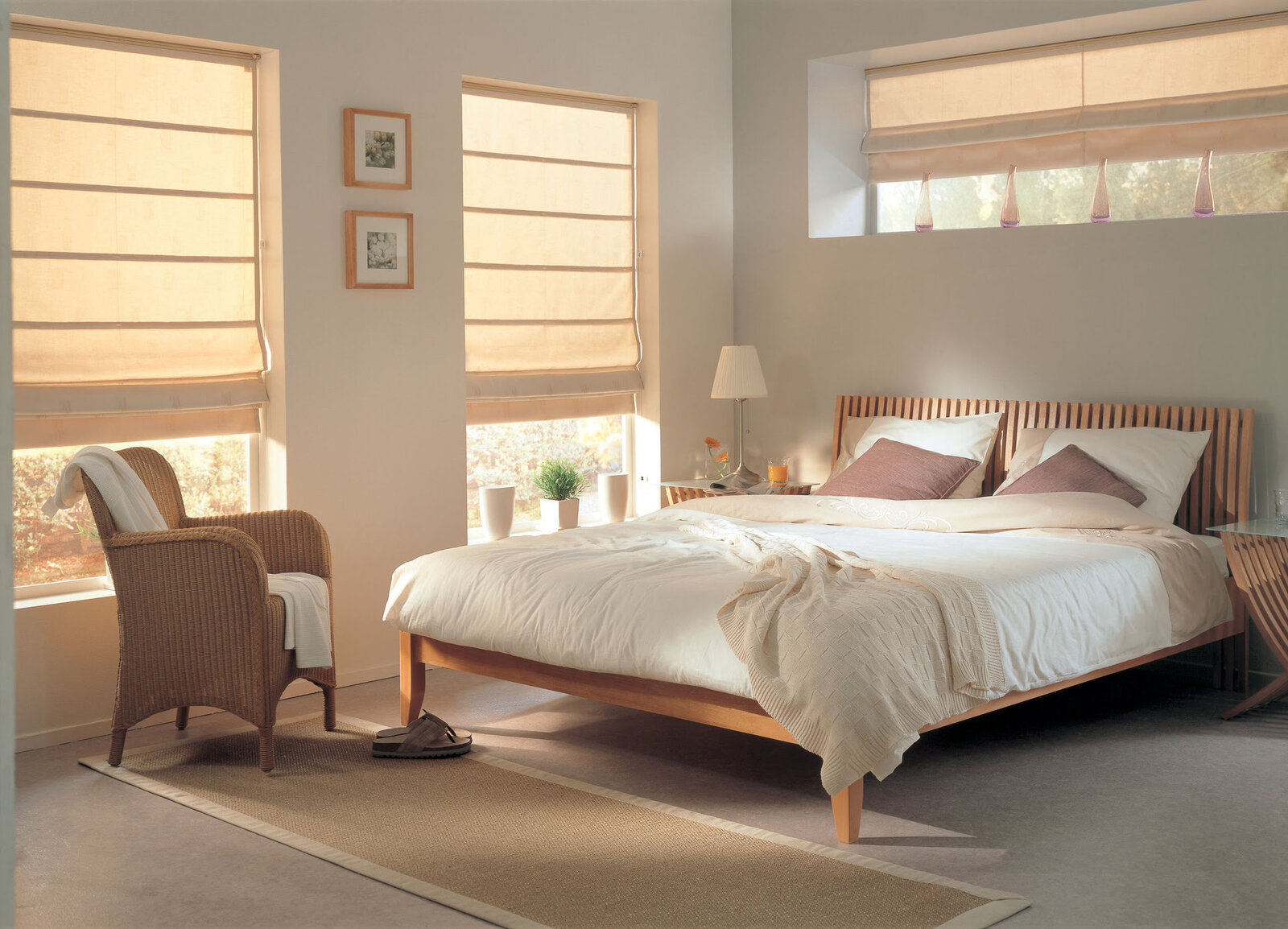
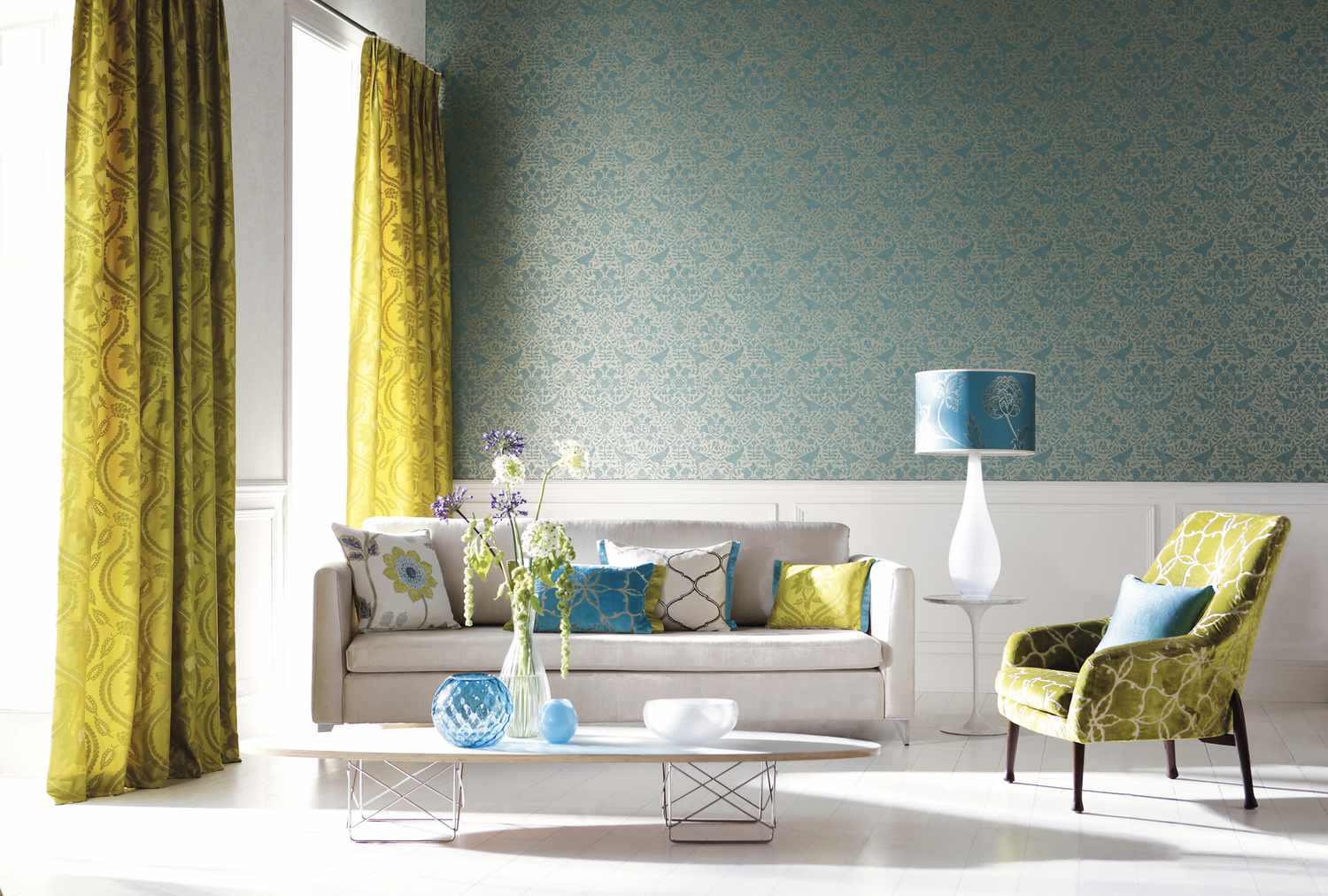
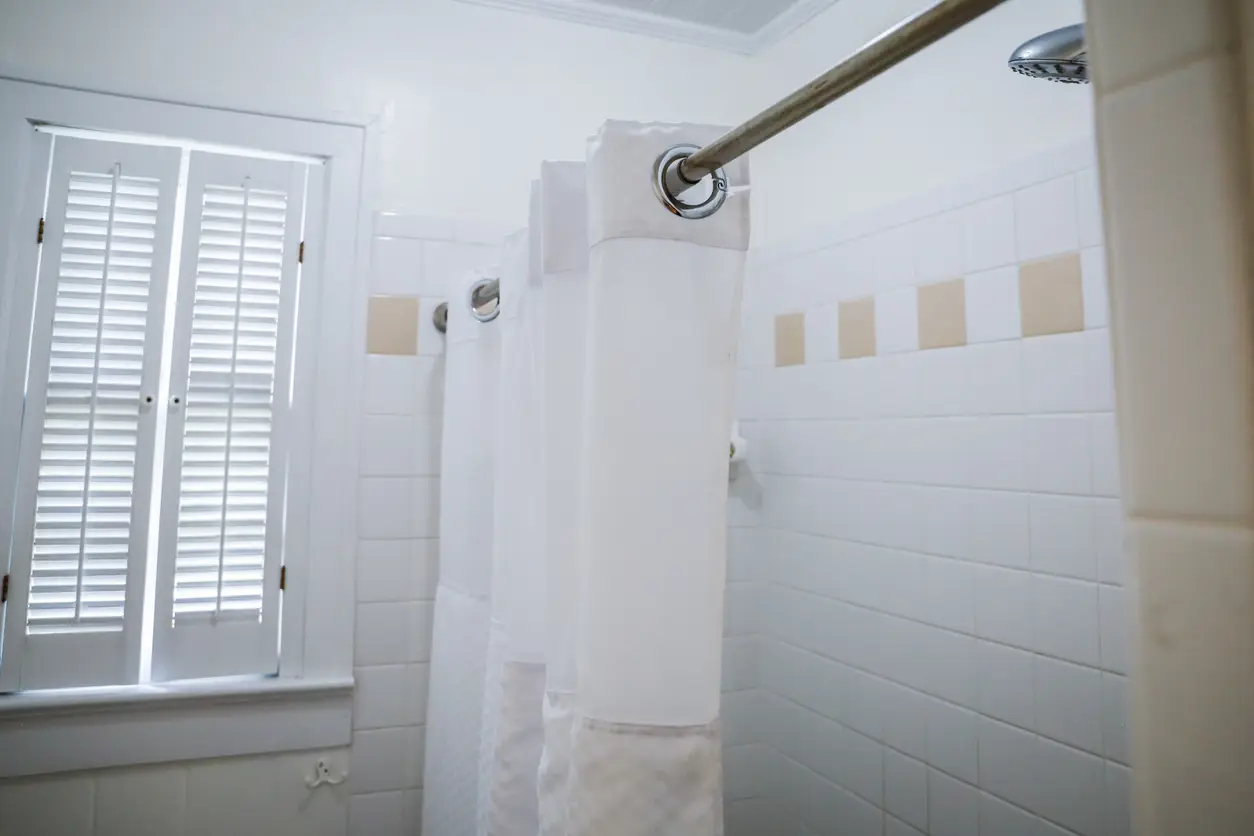
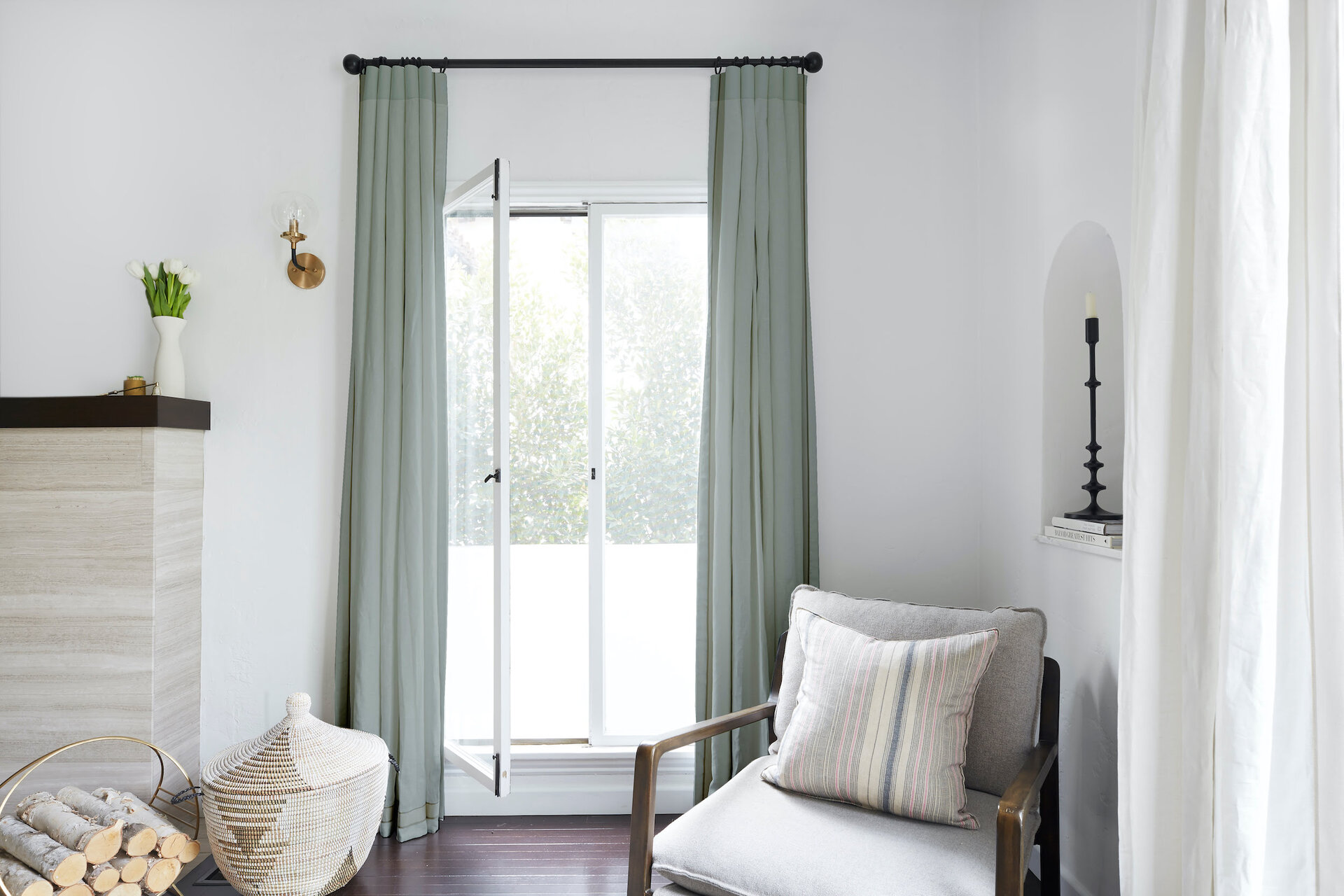

0 thoughts on “What Fabric To Use For Curtains”